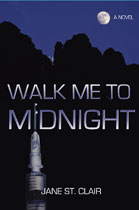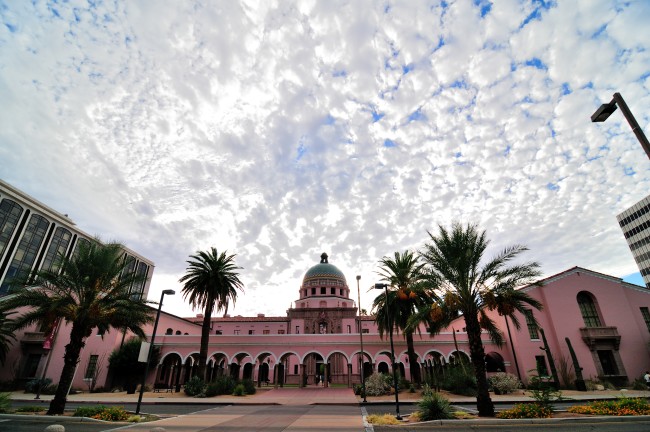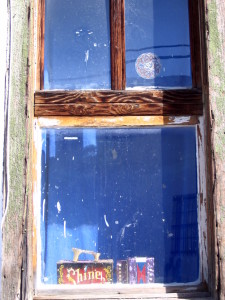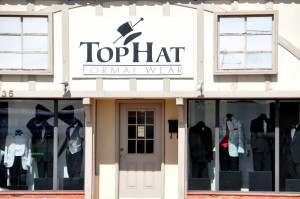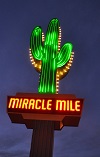by Jane St. Clair
The New York Times recently sent a photographer and writer to do a piece on Tucson architecture. Most of us in Tucson do not even know we have architecture, much less that we are living an “unsung architectural oasis” in a “dusty outpost on the fringes of the Sonoran Desert.” See Unsung Oasis.
Now the fellows who came here from where cement grows instead of cactus did not even pick my favorite examples of Tucson architecture –the San Xavier Mission, the courthouse, the credit union at Wilmot and Speedway, and the Tucson Barrio.
San Xavier Mission was built by Spanish padres and Native Americans. As you
can see, our beautiful mission was never finished and one tower still needs to be topped off some 324 years later but then, things move more slowly out here compared to New York City.
The other building that I personally think is a great example of Tucson architecture is the Vantage West Credit Union on Wilmot and Speedway.
Every time I go by this building I’m tempted to hang from one of its corners and see if I can tilt it up and down.
It looks something like a gigantic boat made of mirrors.
A lot of buildings in Tucson can look church-y, including the old courthouse.
I love all the bright colors intrinsic to Tucson architecture. You can really see them in the Tucson Barrio around 100 South Stone Street near downtown. I really love the Barrio’s neat doorways and windows.
However, the New York Times writer mostly liked Tucson architecture because of Sunshine Mile. This is a stretch of 1950s buildings on Broadway between Euclid and Country Club. 
He may be on to something because when you walk along this street, you do feel as if you’re on the set of a Doris Day movie. The Times writer raved that “Tucson possesses some of the densest concentrations of mid-century Modernist architecture in the Southwest, although it’s hard to find.”
He means you have to find Sunshine Mile, for example.
I like the Sunshine Mile building that looks as if it sprouts chimneys when no one is looking.
Hirsch’s Shoe Store from 1954 and the Top Hat building are particularly cute, though the Haas and Solot buildings are more famous.
The Times reporter also wrote how he liked how Tucson “boasts more about its thrift stores than its hipster brunch spots” and that he liked Tucson’s “dry clear air and abundant supply of wizened drifters right out of Richard Avedon’s ‘In the American West’ …
… and “how deeply he enjoyed the ramshackle dispersion of the city.”
Is that high praise or what?
On behalf of wizened drifters in ramshackle cities everywhere, I say, “Thanks, pardner. You’all come back real soon.”

